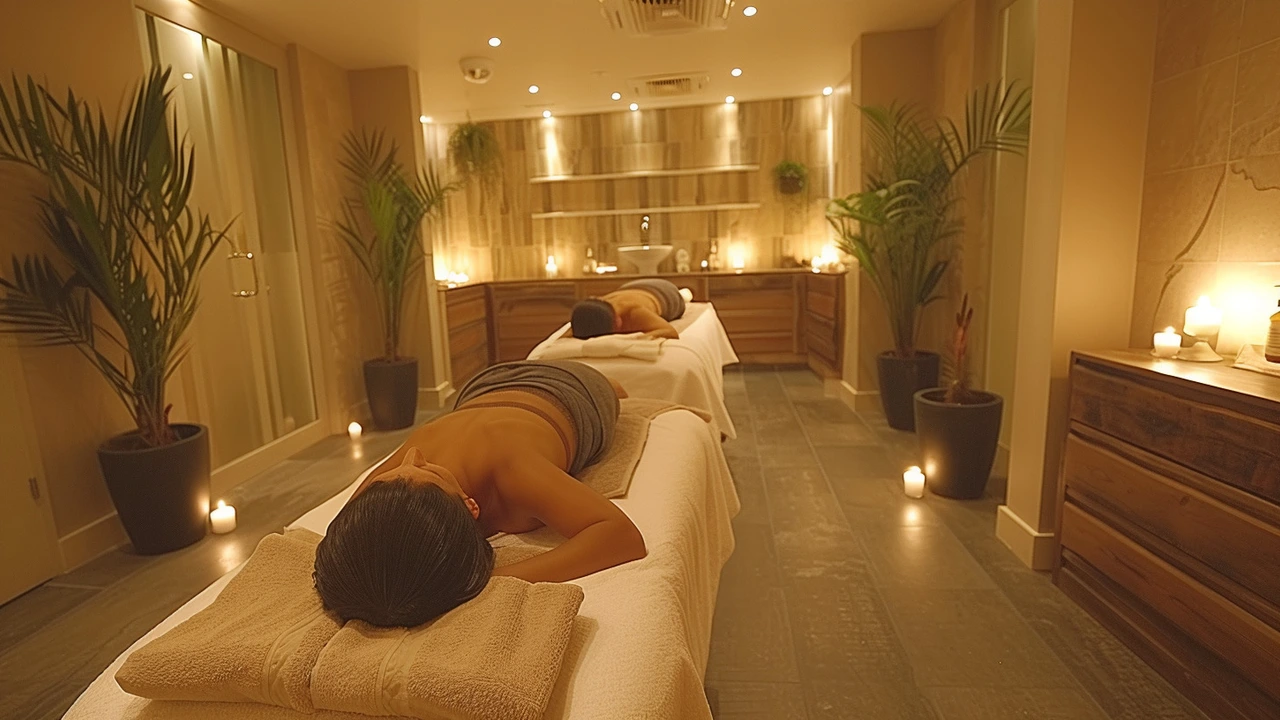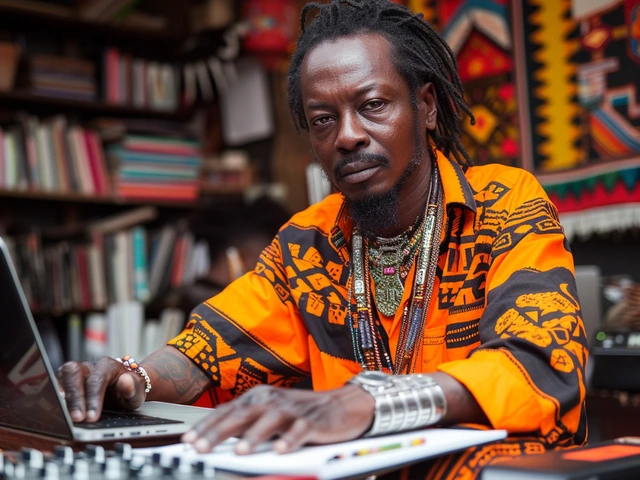Ancient Massage Techniques: Timeless Methods for Body and Canine Care
Some massage styles have been around for centuries and still help people—and even dogs—feel better. Ancient massage techniques share two strengths: simple hands-on moves and a focus on restoring balance. You don’t need special gear to use many of their ideas, just calm attention and the right touch.
Quick guide to major ancient styles
Ayurvedic massage (Abhyanga) uses warm oil and long, sweeping strokes to relax muscles and support circulation. In people it eases stiffness and stress; for dogs, light oil-based rubs are sometimes used on dry skin, but ask your vet first and use pet-safe oils only.
Kahuna massage comes from Hawaiian tradition and emphasizes flow, rhythm, and whole-body movement. The long, flowing strokes help free tight areas and feel very calming. For dogs, the gentle, rhythmic strokes of Kahuna-style touch can reduce anxiety and improve trust during grooming or recovery.
Maya abdominal massage focuses on the belly and internal organs in a careful, intentional way. It’s powerful for digestive issues in humans. On pets, avoid deep abdominal work unless a qualified animal therapist or veterinarian recommends it—shallow, gentle belly strokes are safer and often enough to soothe a tense pup.
Polarity, Reiki, and other energy-based methods work more on presence and gentle touch than on force. They can help relax a nervous animal when used by someone who reads body language well. These styles are best used alongside medical care, not as replacements.
Safe ways to try ancient techniques on your dog
Want to try ancient massage ideas with your dog? Start slow and watch how your dog reacts. Use these simple, safe moves: long, light strokes down the spine, gentle circular rubs at the base of the skull, and soft strokes along the chest and shoulders. Keep sessions short—2 to 5 minutes at first—and stop if your dog tenses, moves away, or growls.
Check with your vet before trying anything new, especially if your dog is elderly, pregnant, has recent surgery, or chronic pain. Ask for a referral to a certified animal massage therapist if you want deeper work. When picking a practitioner, look for credentials, experience with dogs, and a willingness to explain techniques plainly.
Small details matter: a quiet room, low lighting, and a comfortable surface help. Use pet-safe oils only and test a small skin patch before wider use. Keep pressure light near joints and the abdomen, and focus on rhythm and calm rather than force.
Ancient massage techniques give you practical tools: slow your pace, match the animal’s breathing and use gentle, consistent strokes. When done right, these old methods can reduce stress, improve mobility, and deepen the bond between you and your dog—without gimmicks, just steady, caring touch.

The Intriguing History and Evolution of Stone Massage
Ever wondered about the intriguing history and evolution of stone massage? This article will take you on a journey from the practice's ancient roots to its modern popularity. We'll delve into the stone massage's unique charm, how it has evolved through time, and its significant influence on wellness and relaxation practices in today's fast-paced world. Join me, as we unwrap the fascinating story behind this enduring treatment.

Rungu: The Tribal Weapon You've Never Heard Of
Aug, 8 2023



